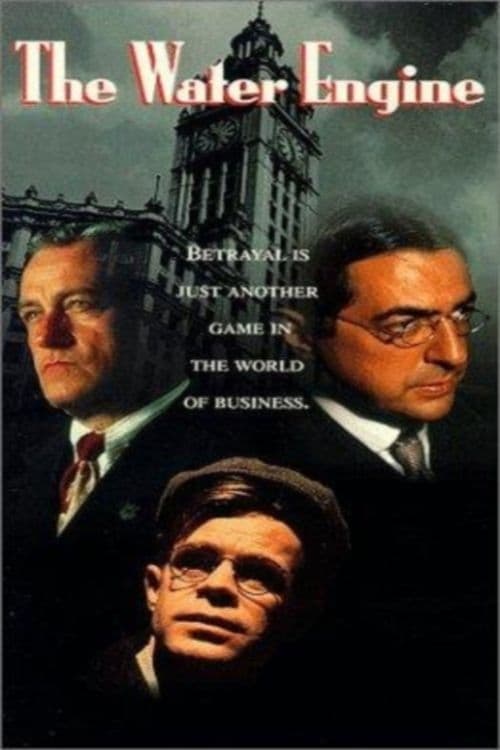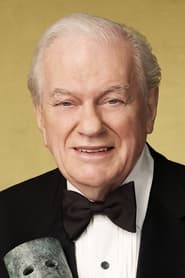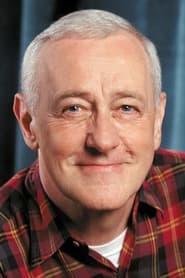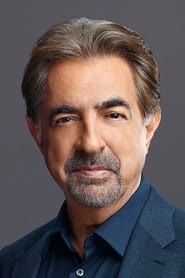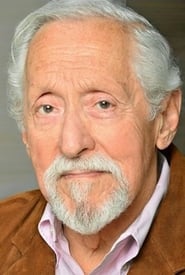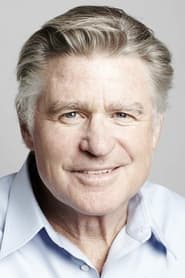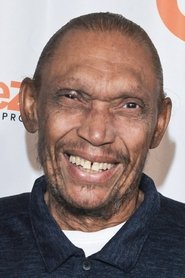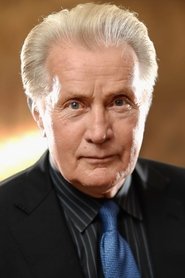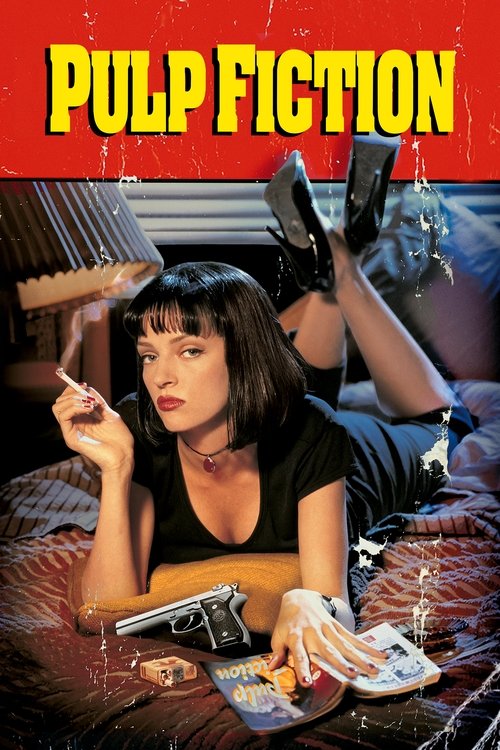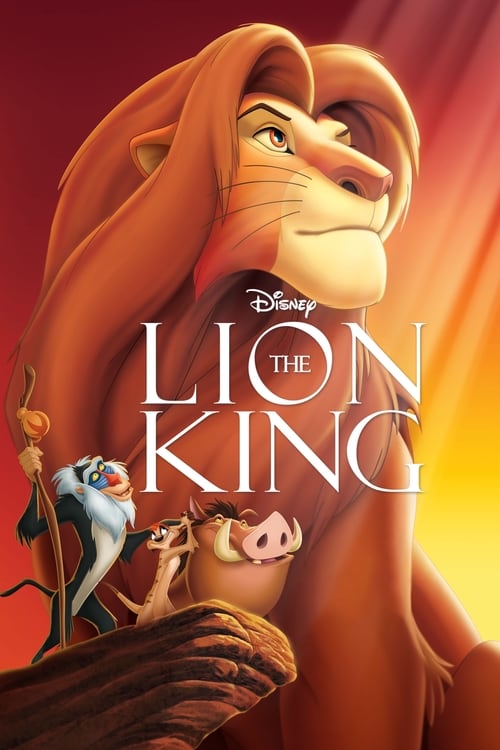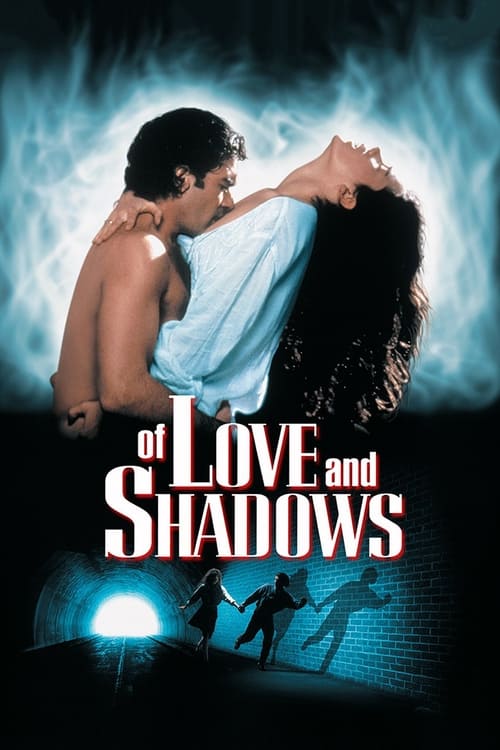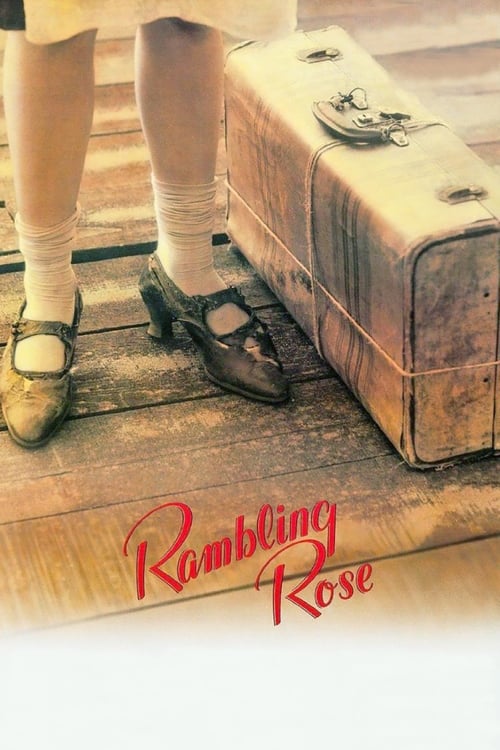
Ask Your Own Question
What is the plot?
In the gray, restless heart of Chicago during the harsh economic grip of the 1930s, the 1934 Century of Progress World's Fair buzzes with tentative hope and technological marvels. Amid this backdrop, Charles Lang, a modest factory worker, lives a quiet, constrained life with his blind sister, Rita, in a cramped apartment. Charles is no ordinary laborer; beneath his worn exterior lies a brilliant mind and a passionate inventor. By day, he toils at a menial factory job, but by night, he devotes himself to a revolutionary creation: an engine that runs on distilled water, capable of producing electricity with nothing but water and a simple battery. This invention, if realized, could shatter the foundations of the energy industry and offer a new dawn in a world strangled by economic despair.
Charles's apartment is humble, filled with the faint scent of oil and metal shavings, a testament to his tireless nights spent tinkering. Rita, blind but fiercely devoted, depends on Charles not just for care but for hope. Their bond is tender and unspoken, a fragile thread in a world that seems indifferent. One evening, Charles unveils his engine to Rita, who listens intently as he explains, "This machine… it's not just a device. It's a chance. A chance to change everything." The warmth in his voice contrasts starkly with the bleakness outside their window.
Determined to protect his invention and bring it to the world, Charles consults the phone book and finds a lawyer named Mason Gross. With cautious optimism, he visits Gross's office, a dimly lit room filled with heavy furniture and the faint smell of tobacco. Charles lays out his plans and demonstrates the engine's operation. Gross listens, his expression unreadable, but his intentions are far from benign. He offers Charles a paltry sum for the patent rights, an insult that reveals the true power dynamics at play.
When Charles refuses the low offer, Gross's demeanor shifts. He enlists Lawrence Oberman, a more ruthless lawyer, and together they begin to pressure Charles. Their motives are clear--they represent the entrenched corporate interests, the monopolistic oil companies threatened by Charles's invention. The menacing lawyers corner Charles, their words dripping with veiled threats. "You don't understand the forces you're up against," Gross warns, his voice cold and calculating. "This isn't just about a patent. It's about control."
As the tension escalates, Charles becomes increasingly trapped. The lawyers' tactics grow darker; they take Rita hostage, using her as leverage to force Charles into surrendering his invention. The once hopeful inventor now faces a nightmare. In a desperate attempt to expose the truth, Charles tries to contact Dave Murray, a newspaper reporter known for his bombastic style and penchant for sensationalism. But Gross and Oberman's grip tightens, and Charles is cut off, isolated.
One fateful evening, as the World's Fair nears closing, Charles wanders among the fading lights and emptying crowds. He encounters a barker, a carnival worker whose voice carries the weary wisdom of countless nights spent shouting into the void. The barker shares a curious story about a chain letter he just received, a seemingly superstitious relic that nonetheless carries a powerful message about spreading information beyond the reach of those in power. This chance meeting sparks an idea in Charles--a way to preserve his invention and outmaneuver the lawyers' control.
Back in the lawyer's office, the confrontation reaches its peak. Gross and Oberman demand the plans, their patience worn thin. Charles, resolute and defiant, claims he no longer possesses the blueprints. The room thickens with menace. The lawyers' smiles fade, replaced by cold calculation. The power struggle is no longer about money or patents--it is about survival.
The film's climax unfolds with grim finality. Though the precise details are shrouded in implication rather than explicit depiction, it becomes clear that Charles and Rita have been murdered. The violence is the ultimate expression of the corporate establishment's ruthless determination to suppress any threat to their monopoly. Their deaths are revealed in a stark scene at Dave Murray's newspaper office, where the reporter confronts the grim reality. The silence in the room speaks volumes; the cost of innovation in a world ruled by greed is life itself.
Yet, amid this darkness, a faint glimmer of hope endures. The final moments show Bernie, a young friend of the Lang family with a budding mechanical aptitude, receiving a mysterious package in the mail. Inside are the plans for the Water Engine, preserved and passed on through the chain letter mechanism Charles learned about at the fair. This act of quiet rebellion suggests that while the men in suits may silence one voice, the idea itself cannot be so easily extinguished.
The story closes on this bittersweet note, a testament to the enduring power of innovation and the human spirit. Though Charles Lang and Rita fall victim to the forces arrayed against them, their legacy lives on in Bernie's hands, a symbol of hope that one day, the suppressed truth may break free and light the way to a better future. The 1934 World's Fair, with its promises of progress, fades into night, leaving behind a world still grappling with the tension between invention and control.
What is the ending?
In the ending of "The Water Engine," the protagonist, Charles, faces the consequences of his invention and the corrupt forces that seek to control it. After a tense confrontation, he ultimately decides to destroy his water engine, sacrificing his dreams to protect himself and his loved ones. The film concludes with a sense of loss and resignation as Charles grapples with the reality of his situation.
As the final act unfolds, we find Charles, played by the earnest and determined actor, in a dimly lit room, the atmosphere thick with tension. He is confronted by the menacing figure of the businessman, who represents the corrupt corporate interests that threaten to exploit his invention. The businessman, with a cold and calculating demeanor, tries to persuade Charles to sell his water engine, emphasizing the wealth and power that could come from such a deal. Charles, however, is resolute; he believes in the purity of his invention and its potential to change the world for the better.
In a pivotal moment, Charles's internal struggle becomes palpable. He reflects on the sacrifices he has made and the dreams he has nurtured. The weight of his invention, which he initially saw as a beacon of hope, now feels like a burden. The camera captures the flicker of doubt in his eyes as he contemplates the implications of his creation falling into the wrong hands. The stakes are high, and the tension escalates as he realizes that the businessman will stop at nothing to obtain the water engine.
As the confrontation intensifies, Charles's resolve begins to waver. He is torn between his ambition and the safety of his loved ones, particularly his girlfriend, who has been a steadfast supporter throughout his journey. The emotional stakes rise as he imagines the potential consequences of his invention being misused. In a moment of clarity, he understands that the world is not ready for his revolutionary idea, and the risks outweigh the rewards.
In a dramatic climax, Charles makes the heart-wrenching decision to destroy the water engine. He takes it apart piece by piece, the sound of metal clanging echoing in the room, symbolizing the shattering of his dreams. Each piece he dismantles represents a part of himself, a sacrifice made for the greater good. The emotional weight of this act is palpable, as he grapples with the loss of his vision and the future he had hoped to create.
As the dust settles, we see Charles standing amidst the remnants of his invention, a look of resignation on his face. The businessman, realizing that he has lost his chance to exploit Charles's creation, exits the scene, leaving Charles alone with his thoughts. The camera lingers on Charles, capturing the mix of relief and sorrow that washes over him. He has chosen to protect his integrity and the people he loves, but at a great personal cost.
The film concludes with a poignant silence, emphasizing the themes of sacrifice and the harsh realities of ambition. Charles's fate is one of quiet reflection; he has lost his invention but gained a deeper understanding of the world around him. The final shot fades to black, leaving the audience to ponder the implications of innovation in a world fraught with greed and corruption. The emotional journey of Charles serves as a powerful reminder of the complexities of human ambition and the sacrifices that often accompany it.
Is there a post-credit scene?
The movie "The Water Engine," produced in 1992, does not have a post-credit scene. The film concludes its narrative without any additional scenes or content after the credits roll. The story wraps up with a focus on the main themes of innovation, betrayal, and the struggle against corporate greed, leaving the audience to reflect on the fate of the protagonist, Charles, and the implications of his invention.
What is the significance of the water engine in the story?
The water engine represents innovation and the struggle against corporate greed. It is a revolutionary invention that could provide free energy, symbolizing hope and the potential for change. However, it also becomes the focal point of conflict as powerful interests seek to suppress it.
How does the character of Charles Lang influence the plot?
Charles Lang is a passionate inventor who creates the water engine. His determination to bring his invention to light drives the narrative forward. He embodies the struggle of the individual against oppressive forces, and his emotional turmoil reflects the stakes involved in his fight for recognition and survival.
What role does the character of the reporter play in the story?
The reporter serves as a catalyst for the unfolding events, initially seeking to uncover the truth about the water engine. His interactions with Charles Lang reveal the complexities of the situation, as he grapples with the moral implications of exposing the powerful entities trying to silence Lang.
How does the character of the businessman impact the conflict in the film?
The businessman represents the corrupt corporate interests that threaten Charles Lang's invention. His ruthless tactics and willingness to resort to violence create a palpable tension in the story, highlighting the lengths to which those in power will go to maintain control and suppress innovation.
What emotional struggles does Charles Lang face throughout the film?
Charles Lang experiences a profound internal conflict as he grapples with fear, desperation, and the desire for recognition. His emotional journey is marked by moments of hope and despair, particularly as he confronts the reality of losing everything he has worked for in the face of overwhelming opposition.
Is this family friendly?
"The Water Engine," produced in 1992, is not particularly family-friendly and contains several elements that may be objectionable or upsetting for children or sensitive viewers. Here are some aspects to consider:
-
Violence and Threats: The film includes scenes of intimidation and threats, which may be distressing for younger audiences. Characters face physical danger, and there are moments of aggression that could be unsettling.
-
Mature Themes: The narrative explores themes of greed, betrayal, and the struggle for power, which may be complex and difficult for children to understand. The moral ambiguity of the characters can be unsettling.
-
Death and Loss: There are references to death and the impact of loss on the characters, which could evoke strong emotions and may be upsetting for sensitive viewers.
-
Depictions of Corruption: The film portrays a corrupt business environment, which may introduce children to concepts of dishonesty and exploitation in a way that could be confusing or alarming.
-
Emotional Turmoil: Characters experience significant emotional distress, including fear, desperation, and hopelessness, which may resonate deeply and be challenging for younger audiences to process.
Overall, the film's tone and subject matter may not be suitable for children or those who are sensitive to intense emotional and thematic content.

